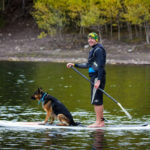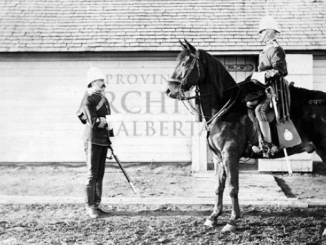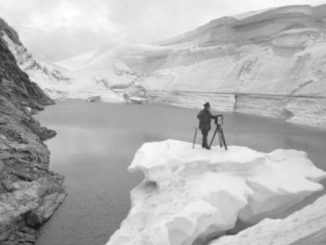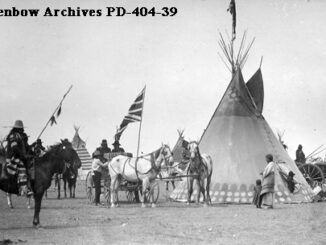The Kootenay Plains, nestled within the eastern slopes of the Canadian Rockies in central Alberta, hold a rich tapestry of cultural and ecological history. Long before the arrival of European settlers, the area was a vital gathering place for Indigenous groups, particularly the Stoney Nakoda, who used its sheltered grasslands and abundant wildlife as a wintering ground and spiritual landscape.
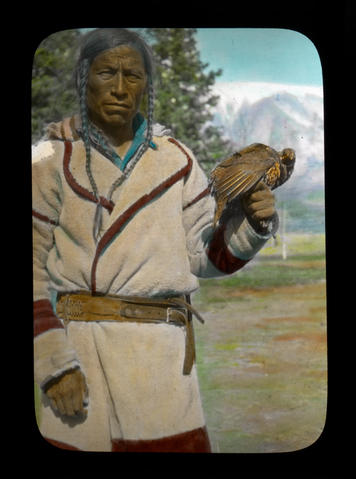
The region’s unique climate—dry, sunny, and protected from deep snow—made it ideal for sustaining traditional ways of life. The Kootenay Plains are characterized by open grasslands, sparse forests, and a microclimate that sets them apart from the surrounding alpine and boreal landscapes. Sheltered by the nearby mountains and warmed by Chinook winds, the plains experience less snowfall and more sunlight than adjacent areas, creating conditions favourable for a diversity of plant and animal life rarely found at such altitudes.
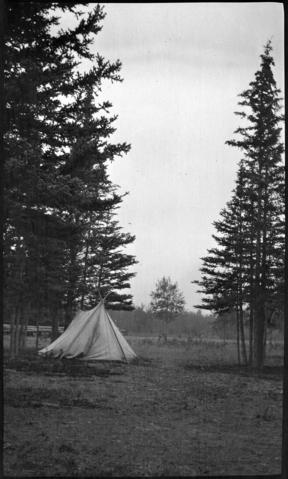
In the 19th century, the area became a significant route for fur traders, explorers, including David Thompson and later missionaries like Father Albert Lacombe. Drawn by the area’s strategic location and hospitable terrain, these early Europeans traveled across the plains, establishing trade routes and religious missions that would shape the region’s colonial legacy.
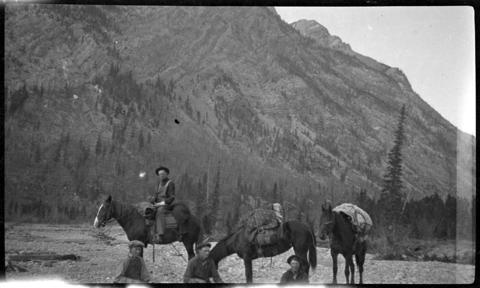
The Alberta Government designated the Kootenay Plains as an ecological reserve in 1987 to protect its uniqueness as an ecosystem. Today, the Kootenay Plains remain a symbol of enduring cultural heritage and natural beauty, reflecting centuries of human presence and connection to the land.
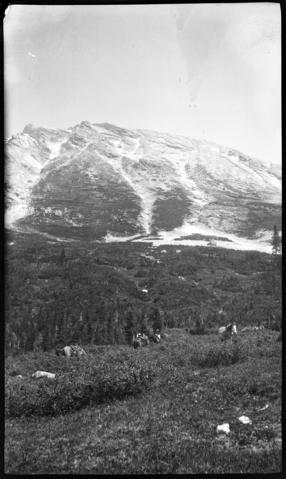
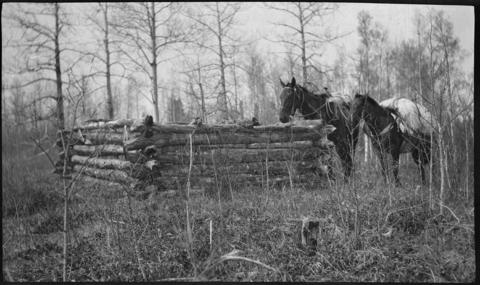
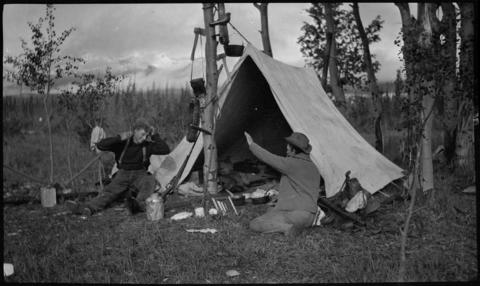
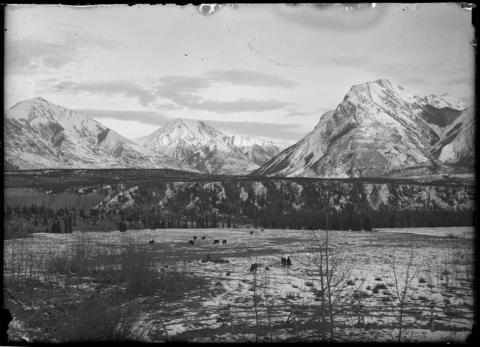
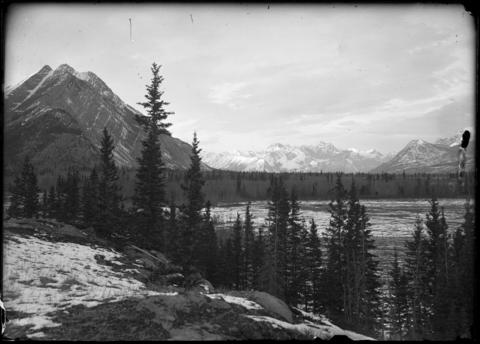
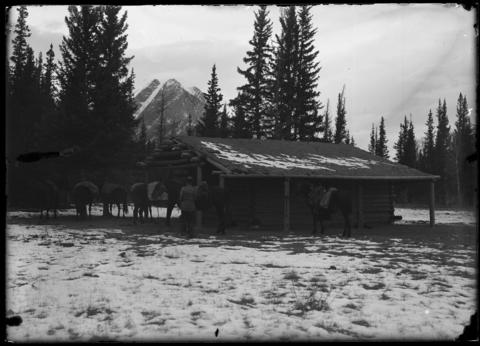
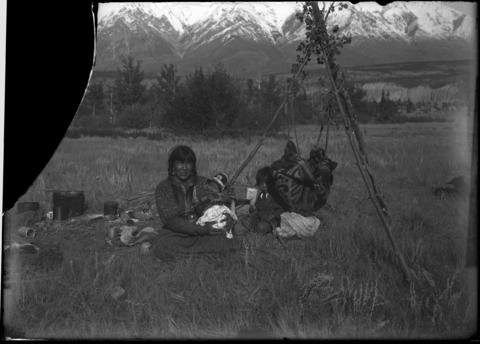
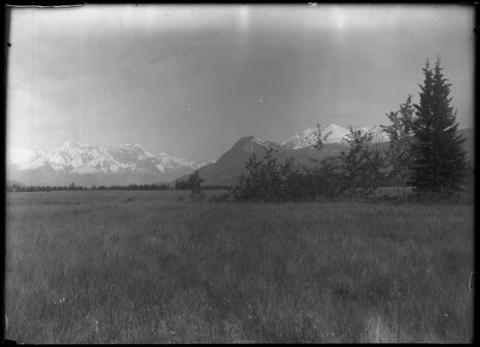
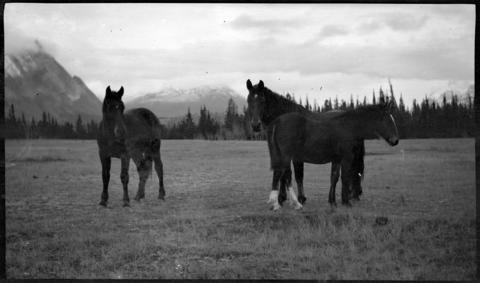
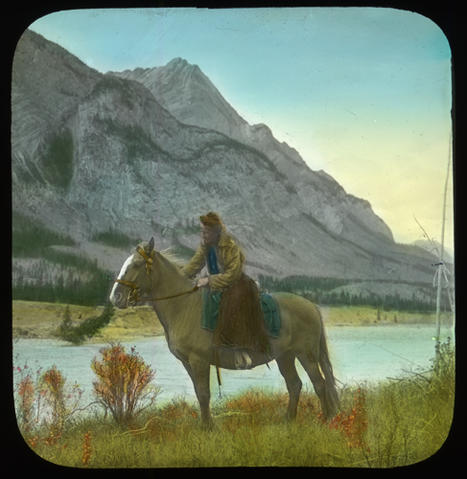
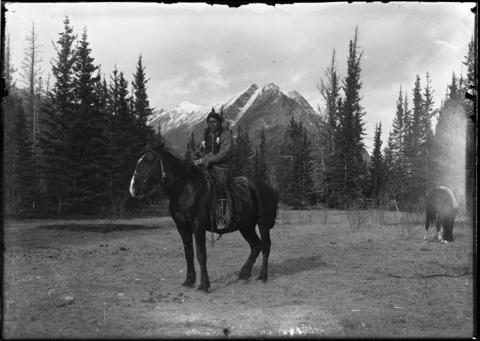
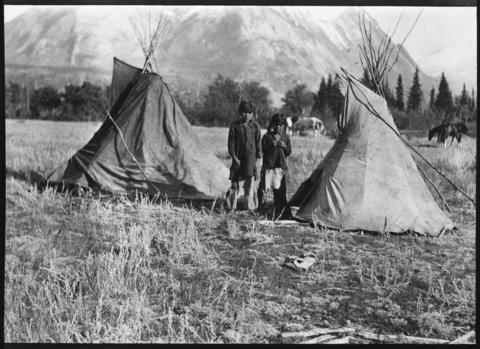
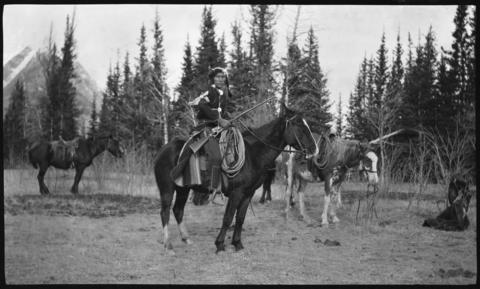
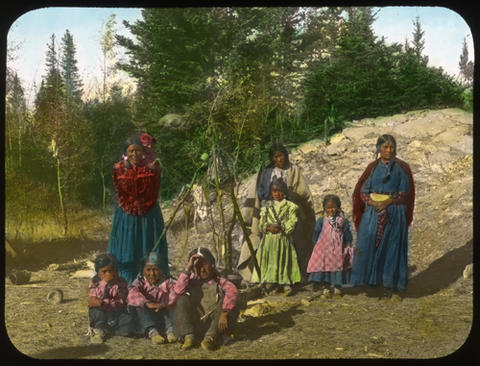
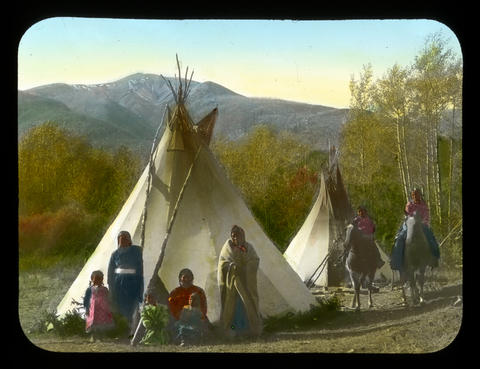
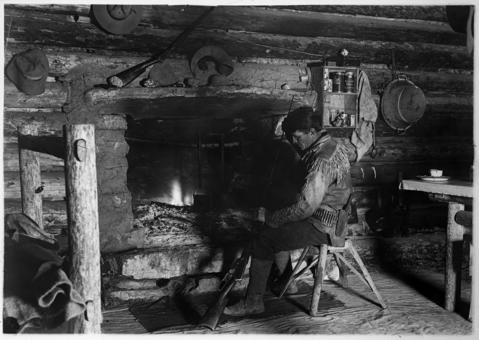
For even more historical posts please see, Vintage Photos of Mountain Passes, Historic Photos from the Stoney Nakoda Nation, and Vintage Photographs from Rocky Mountain House.
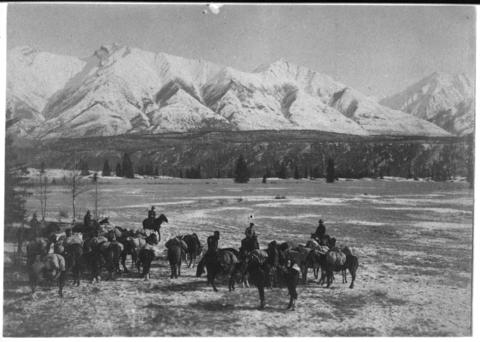
The photos above were collected from Archives Canada. If you’re interested, additional information can be found for each photograph on their website. Stay tuned for additional posts featuring historical photos from across Alberta and Western Canada. We’d love to know what you think in the comment section below.

